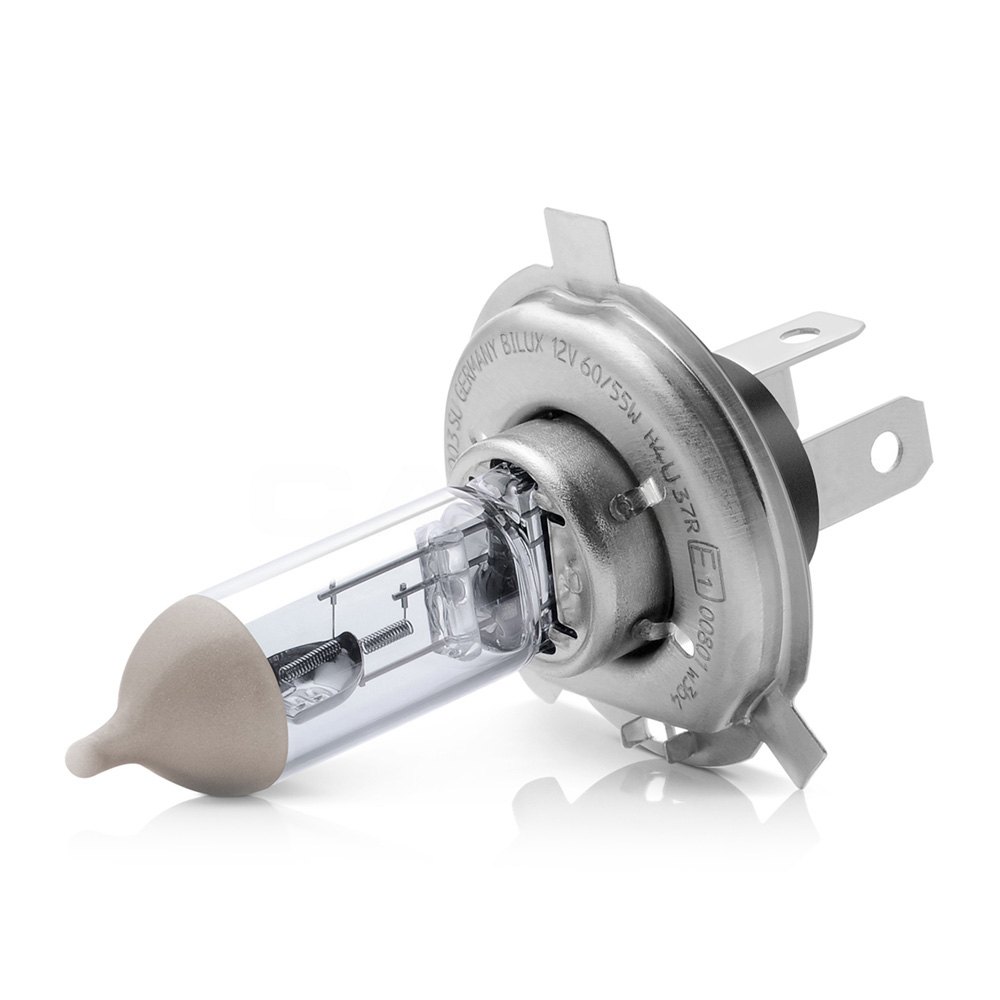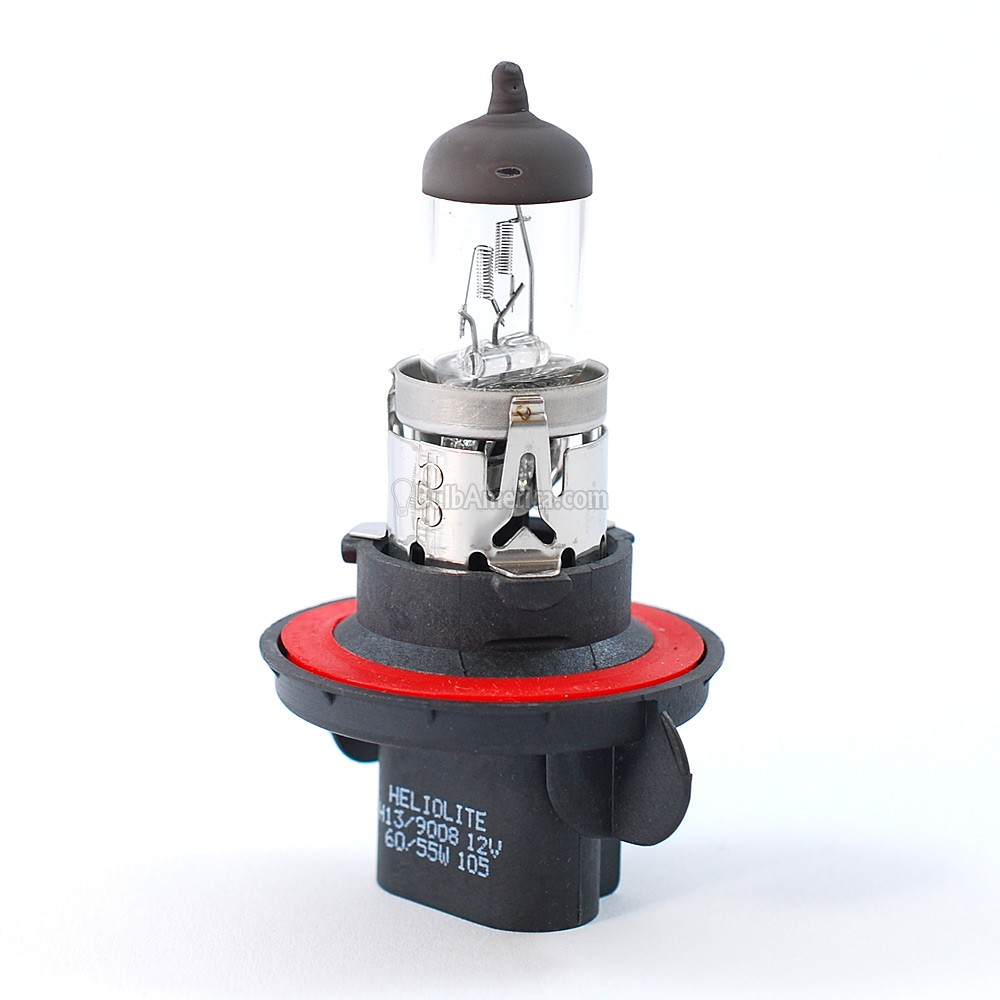JHZR2
Staff member
Can someone verify the ratings on H4?
H4 is a dual filiment bulb. IIRC they are in DOT form 55W low, 60W high.
But it seems that they are often rated around 1000W low, 1650 high.
Is that right? Does that mean that when on in high beam mode, BOTH fillaments are on?
If so, does that mean that you are burning 55+65W and are getting 1000+1650 lumens?
OR, is thehigh element only a 5-ish W burner, and somehow it (due to focus, or something else) get you an additional 650 lumens? IOW, high burns a TOTAL of 65W and puts out a total or 1650?
Ive recently seen some interesting high output LED H4 bulbs, but they seem to put out 2500 lumens on low (great assuming the e-code reflectors can cut the beam pattern properly) and no additional on high beam... which would mean roughly the same output on high, but just reflected differently, but a great improvement on low.
Of course that may mean excessive foreground lighting which makes nighttime vision actually worse.
But curious what is the reality for H4.
Thanks!
H4 is a dual filiment bulb. IIRC they are in DOT form 55W low, 60W high.
But it seems that they are often rated around 1000W low, 1650 high.
Is that right? Does that mean that when on in high beam mode, BOTH fillaments are on?
If so, does that mean that you are burning 55+65W and are getting 1000+1650 lumens?
OR, is thehigh element only a 5-ish W burner, and somehow it (due to focus, or something else) get you an additional 650 lumens? IOW, high burns a TOTAL of 65W and puts out a total or 1650?
Ive recently seen some interesting high output LED H4 bulbs, but they seem to put out 2500 lumens on low (great assuming the e-code reflectors can cut the beam pattern properly) and no additional on high beam... which would mean roughly the same output on high, but just reflected differently, but a great improvement on low.
Of course that may mean excessive foreground lighting which makes nighttime vision actually worse.
But curious what is the reality for H4.
Thanks!




